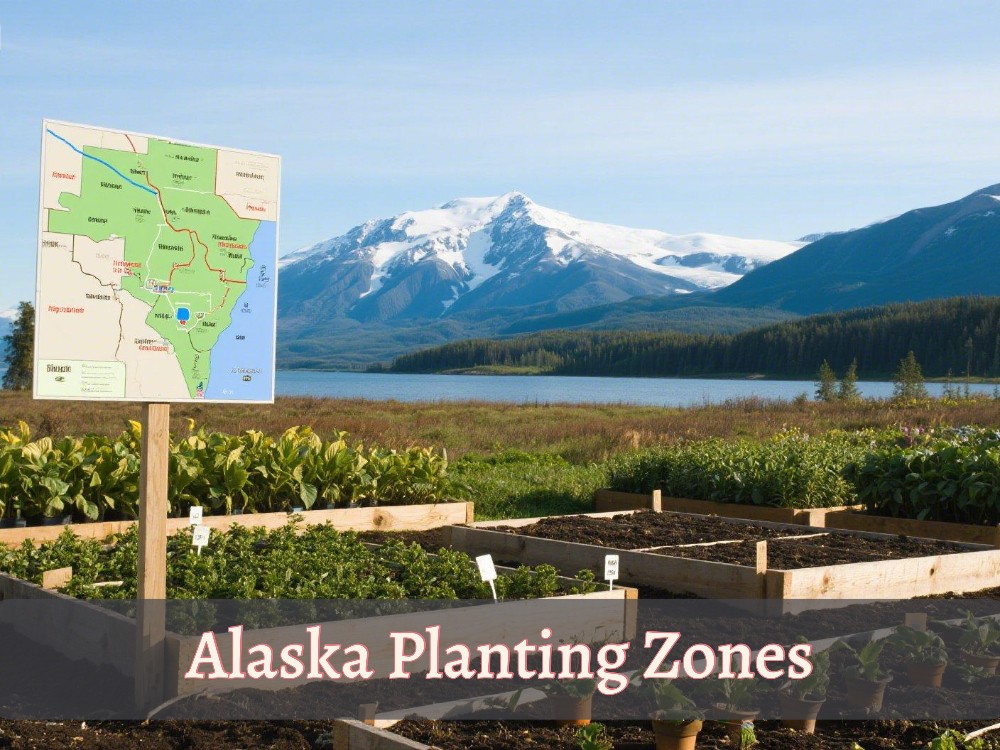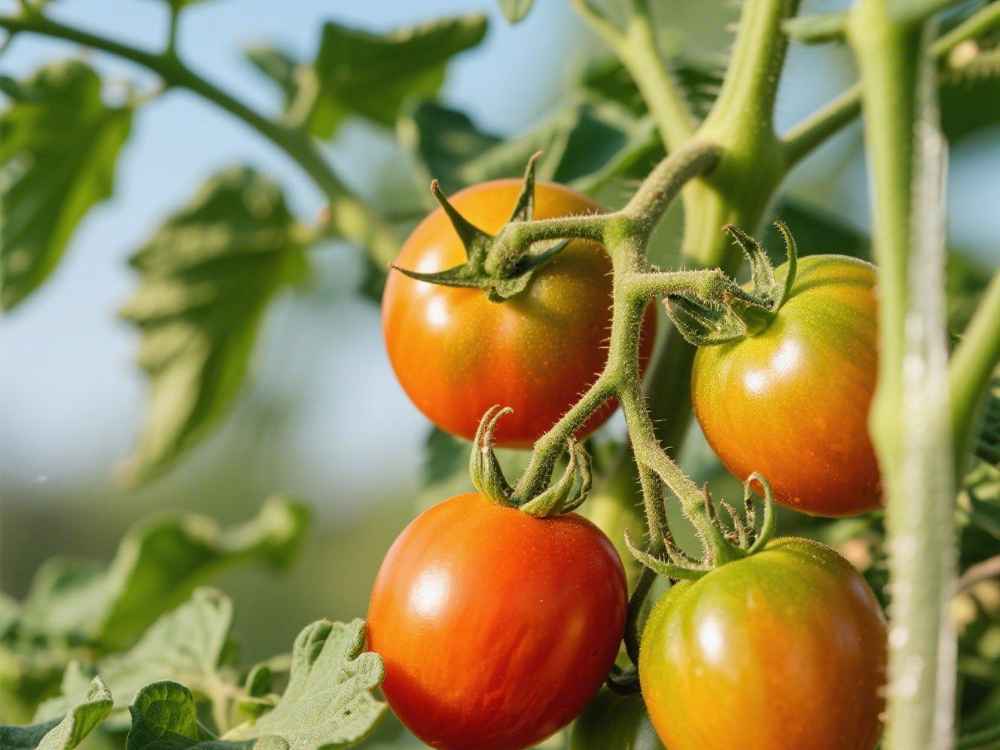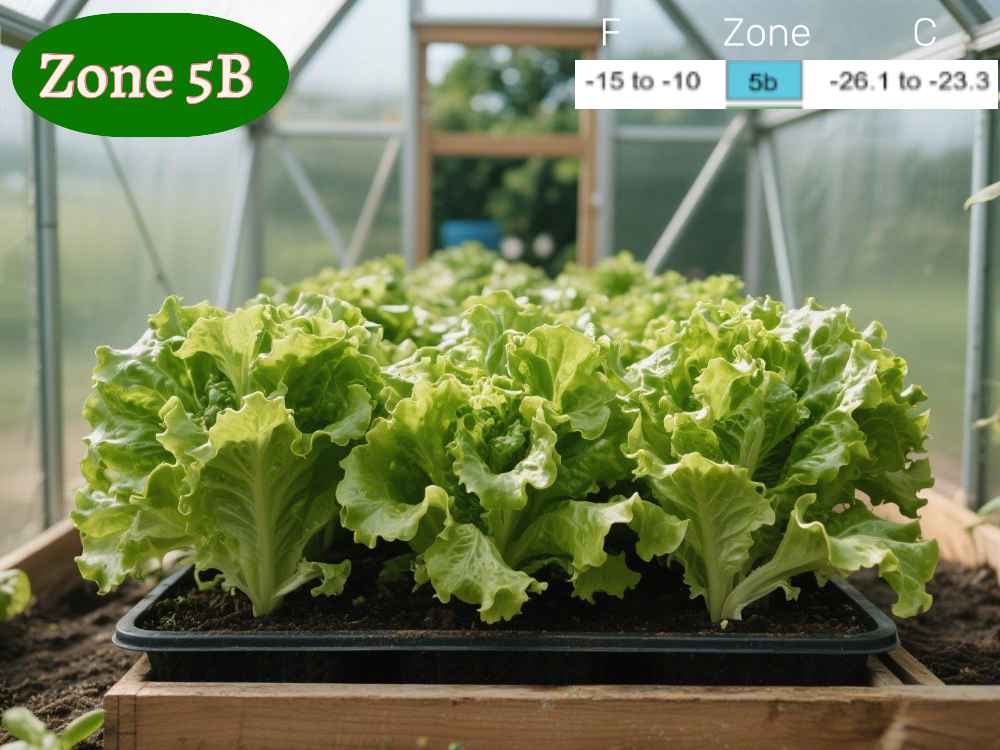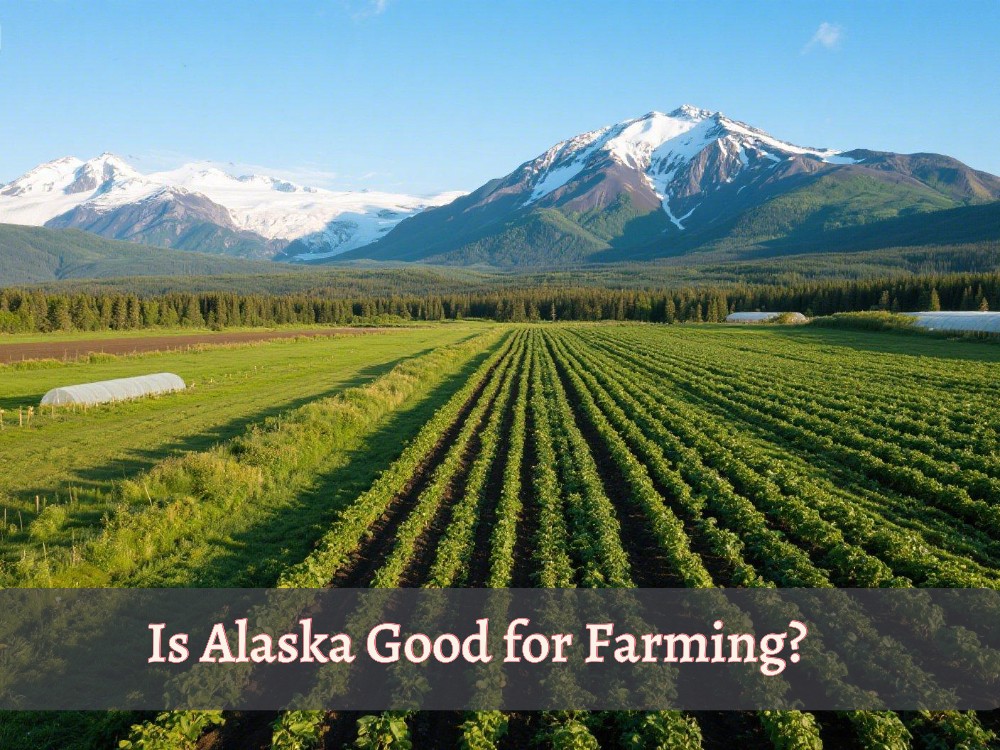Alaska consists of eight USDA planting zones, each with different minimum temperature ranges. These minimum temperature ranges help us understand frost intensity and choose the right plant according to Alaska’s gardening seasons.
Alaska’s growing season is very short: 110 days in South Alaska, 100 days in Interior Alaska, and 50 to 60 days in Northern Alaska. It is just a general analysis to understand the growing season in Alaska.
Now, it is the time to utilize USDA zones of Alaska for agriculture because farming is becoming possible in Alaska due to the seasonal climate changes (rising temperature) and advanced gardening techniques, such as greenhouses, cold frames, indoor sets, etc.
What Are Planting Zones in Alaska?
While living in Alaska, explore your planting zone through your zip code. Here, we will cover the first and last frost dates and growing days in each zone, founding in Alaska.
Understanding frost dates and growing seasons is crucial to making gardening easier, and that too at the right time. The planting zone of any area helps to decide the right plant that can survive in that area according to its minimum temperature tolerances.
As plant type and climate (zone season) have a big impact on deciding the right planting time for any plant so, beyond planting zones in Alaska, you must consider on first and last frost dates of your local area.
The USDA zones are made based on temperature parameters to get just an estimate data. Still, you will have to examine your local climate (first and last frost dates and growing season).
8 Planting Zones in Alaska and Their First Last Frost Dates, Growing Season Period
| Zone | Representative Areas | First Frost Date | Last Frost Date | Frost Duration | Growing Season Days |
|---|---|---|---|---|---|
| 1 | Barrow (Utqiaġvik), Prudhoe Bay, Arctic Village | Late July (20–31) | Early June (1–10) | ~10 months (~300 days) | ~50–60 days |
| 2 | Kotzebue, Nome outskirts | Late July (20–31) | Early June (1–10) | ~10 months (~300 days) | ~50–60 days |
| 3 | Fairbanks, Delta Junction | Late August (21–31) | May 1 | ~8 months (~240 days) | ~90 days |
| 4 | Healy, Nenana | Late August (21–31) | May 1 | ~8 months (~240 days) | ~90 days |
| 5 | Juneau, Ketchikan | Early September (1–10) | Early May (1–10) | ~8 months (~240 days) | ~110 days |
| 6 | Palmer, Wasilla | Early September (1–10) | Early May (1–10) | ~8 months (~240 days) | ~110 days |
| 7 | Sitka, Homer | Late September (21–30) | Late April (21–30) | ~7 months (~210 days) | ~120–130 days |
| 8 | Unalaska, Kodiak | Mid October (10–20) | Mid April (10–20) | ~6 months (~180 days) | ~150–160 days |
By the way, six zones (from 1 to 6) cover mostly parts of Alaska. Zone 7 and 8 are founded in the southeast Alaska and other parts of United State
These planting zones, their first and last frost dates, and growing seasons in Alaska are based on USDA department info and additional research about local areas of Alaska (South, Interior, and Northern).
I hope this will help you get an estimate idea to choose the right plant for your zone in Alaska. Thank you! Check out plant list for Alaska climate!
- Alaska ORG: Alaska Plants and Flowers
- Gardenia: Alaska Native Plants
- Environment Fhwa: Alaska Plant List






